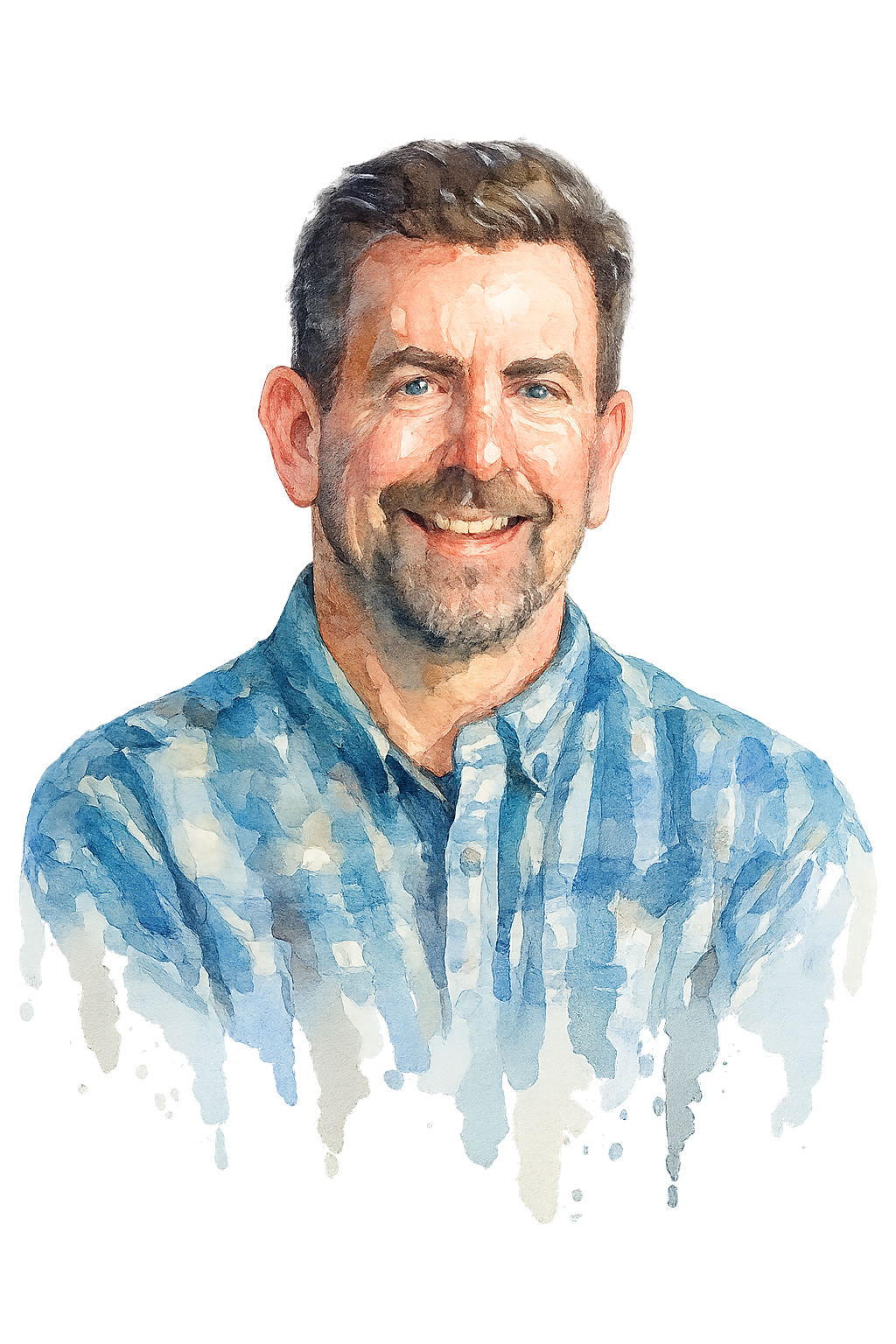Hello, and welcome
My extensive career in product design has taught me that change is inevitable. Product design has always been about minimizing friction and enhancing interaction experiences between humans and machines. Today, we stand on the brink of another technological evolution that will profoundly impact our daily lives. While some changes may turn out to be more hype than reality, one constant remains: customers now have more ways than ever to engage with brands, which I find incredibly exciting!
Where I’ve worked
-
Highlights: I have led initiatives that improved collaboration among teams, doubled time-to-market efficiency, and reduced development costs. My work in digital transformation increased conversion rates by over 30%, implemented a customer insights program that boosted operational efficiency by 50%, and established a top design practice with excellent team retention.
-
Highlights: At Verizon, I increased customer NPS by 15% with an IoT product design system and generated over $1M in revenue within three months through a Ford partnership. I also secured four patents in IoT telematics, saved $2M annually by consolidating applications, and improved team collaboration, boosting eNPS scores by 25%.
-
Item description
-
It all begins with an idea. Maybe you want to launch a business. Maybe you want to turn a hobby into something more. Or maybe you have a creative project to share with the world. Whatever it is, the way you tell your story online can make all the difference.
-
Item description
-
Item description
-
Item description
-
Item description
FAQs
How do you integrate AI in design while maintaining a human-centered approach?
AI enhances human insight by enabling rapid prototyping, generating design variations, and analyzing user behavior. However, strategic decisions about what problems to solve and user priorities remain human-driven, focusing on a more human-centered design approach.
How does product design leadership help drive product strategy?
Strong leadership in product design promotes ongoing experimentation and refinement of products based on user feedback and performance metrics. This responsiveness to change leads to enhanced product offerings over time, ensuring that strategies remain relevant and effective in meeting consumer needs.
How does effective product design impact conversion rates?
Effective product design directly contributes to improved conversion rates when the right signals are evaluated and measured. Continuous iteration through thoughtful experimentation reduces friction in the customer journey, ultimately increasing conversions and driving business growth.
What are the biggest challenges in product design for 2025/26?
As we approach 2026, a primary challenge is keeping up with rapid technological advancements while ensuring teams remain aligned throughout the development life-cycle. Balancing user needs and business value is essential, but continuous experimentation is key to staying ahead in a fast-evolving market.
What skills are most in demand for designers in 2025?
In addition to a blend of traditional skills and AI integration expertise, designers must grasp design at scale and leverage customer behavioral data for informed decision-making. Aligning with business objectives and effectively communicating the design's value in terms of business impact and customer outcomes is essential.
How do you maintain an effective, high-performing design team?
To maintain high-performing design teams, it is crucial to set clear goals and metrics for success all while giving them the autonomy to stay curious and freedom to explore their creativity. Regular feedback ensures accountability, helping the team stay aligned within the broader organizational strategy.

